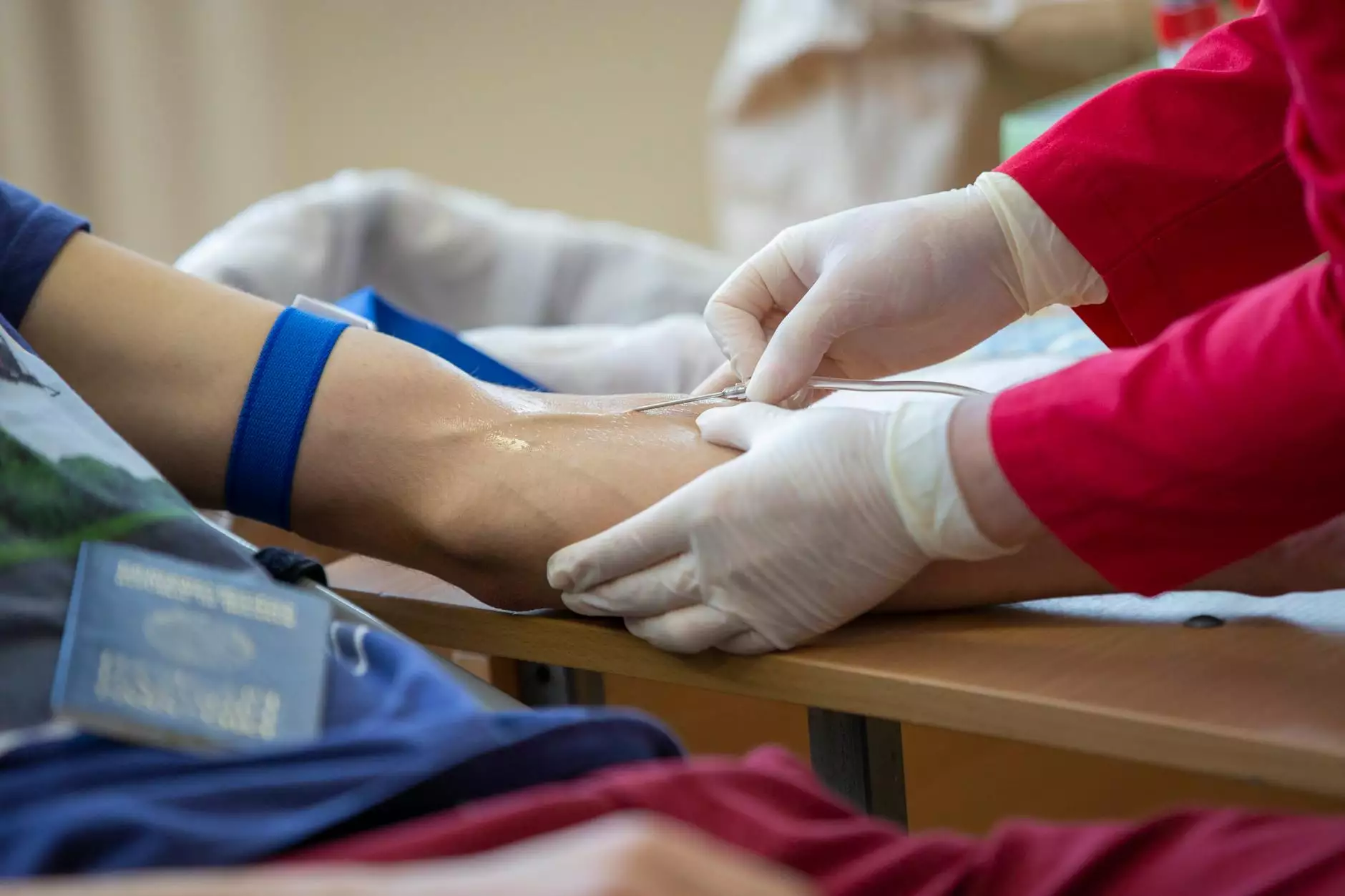Lung Cancer Screening: A Vital Step Towards Health

Lung cancer remains one of the most prevalent and deadly forms of cancer worldwide. As statistics reveal alarming rates of lung cancer diagnoses, the importance of regular lung cancer screening becomes undeniable. Early detection can significantly enhance survival rates and improve the quality of life for patients. In this comprehensive article, we will delve into the intricacies of lung cancer screening, discussing its methods, benefits, eligibility, and more, aiming to provide you with essential knowledge about this life-saving procedure.
Understanding Lung Cancer
Lung cancer is primarily caused by smoking tobacco, but it can also occur in non-smokers due to factors such as exposure to secondhand smoke, environmental toxins, and genetic predispositions. There are two main types of lung cancer:
- Non-small cell lung cancer (NSCLC) - accounting for approximately 85% of lung cancer cases.
- Small cell lung cancer (SCLC) - which tends to grow and spread more quickly than NSCLC.
The Importance of Early Detection
Early detection of lung cancer is crucial because it allows for a wider range of treatment options and significantly increases the chances of successful outcomes. Unfortunately, lung cancer often progresses without noticeable symptoms in its early stages, which is why screening is vital.
Symptoms to Watch For
While screening is important, being aware of the symptoms of lung cancer is equally critical. Common symptoms that may warrant subsequent screening include:
- Persistent cough that worsens over time.
- Unexplained weight loss.
- Chest pain that is persistent or worsens during breathing.
- Shortness of breath.
- Coughing up blood.
- Frequent respiratory infections.
What is Lung Cancer Screening?
Lung cancer screening refers to tests and examinations that are conducted to detect lung cancer at an early stage, before symptoms develop. The most common method of lung cancer screening is a low-dose computed tomography (LDCT) scan. This imaging technique uses X-rays to create detailed pictures of the lungs, allowing for the identification of potential tumors.
Who Should Get Screened?
The U.S. Preventive Services Task Force (USPSTF) recommends lung cancer screening for individuals who meet the following criteria:
- Aged 50 to 80 years.
- A history of heavy smoking (defined as a pack-a-day for 20 years or two packs a day for 10 years).
- Current smokers or those who have quit within the past 15 years.
It is essential for individuals to discuss with their healthcare provider whether lung cancer screening is appropriate for them, considering their health history and risk factors.
Benefits of Lung Cancer Screening
Implementing regular lung cancer screening has numerous benefits that contribute to health and wellness, particularly for at-risk populations:
- Early Detection: Finding lung cancer at an earlier stage greatly increases the chances of successful treatment and survival.
- Less Aggressive Treatment: Early-stage lung cancers may require less aggressive treatment options than those diagnosed at later stages.
- Improved Quality of Life: Patients diagnosed early often enjoy a better quality of life compared to those diagnosed later.
- Peace of Mind: Screening can alleviate anxiety for high-risk individuals by confirming their lung health or aiding in early treatment if necessary.
Screening Process: What to Expect
The process of lung cancer screening typically involves several steps:
- Consultation: A healthcare provider will review your medical history, risk factors, and reasons for screening.
- Schedule the LDCT scan: This is a quick and non-invasive procedure that usually takes less than 30 minutes.
- Results: After the scan, your healthcare provider will discuss the results with you. If any suspicious areas are discovered, further testing may be required.
What to Do If You Are Diagnosed
If screening results indicate the presence of lung cancer, understanding your options is crucial. Your healthcare team will guide you through available treatments. These may include:
- Surgery: Removal of the tumor and surrounding lung tissue.
- Chemotherapy: Use of drugs to kill cancer cells.
- Radiation Therapy: Targeting cancer cells with high-energy particles or waves.
- Targeted Therapy: Treatments that target specific characteristics of cancer cells.
The Role of Healthcare Providers in Screening
Healthcare providers play a pivotal role in facilitating lung cancer screening. They not only recommend screening but also ensure that each patient's unique health profile informs the screening process. It is important to have regular conversations about lung health, especially for those in high-risk groups.
Support for Patients and Families
A lung cancer diagnosis can be devastating, not only for patients but also for their families. Support systems, including counseling and support groups, are invaluable. Patients should not hesitate to reach out for psychological support and join community groups that focus on lung cancer awareness and education.
Health Insurance and Lung Cancer Screening
Understanding how lung cancer screening is covered by health insurance is essential for individuals seeking this life-saving procedure. In many cases, insurance providers will cover the cost of LDCT scans for individuals who meet the screening guidelines. Patients should contact their insurance company for specific details about coverage and potential out-of-pocket costs.
Conclusion: Take Control of Your Lung Health
Lung cancer screening is a significant step towards maintaining lung health and preventing advanced lung cancer. With increasing awareness and advancements in medical technology, regular screening can save lives. For individuals who meet the criteria, we strongly encourage you to talk to your healthcare provider about the possibility of lung cancer screening. Remember, your health is in your hands.
Protecting your lung health is crucial, and lung cancer screening is a proactive measure that could lead to early detection and improved outcomes. Don’t delay; schedule your screening today!









